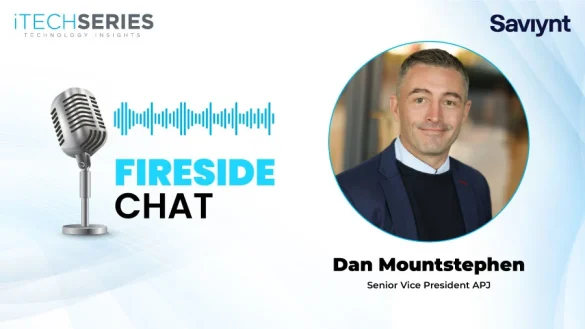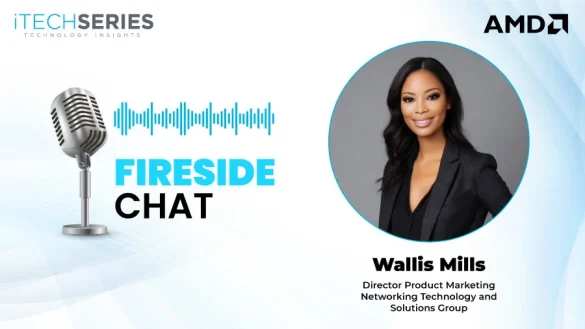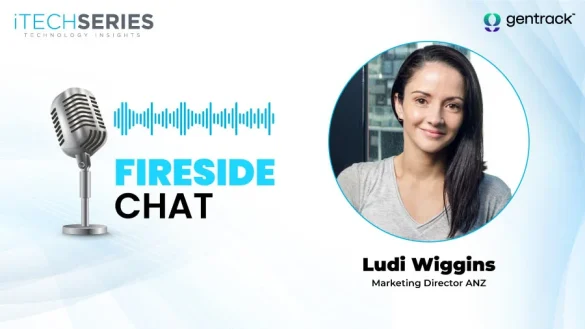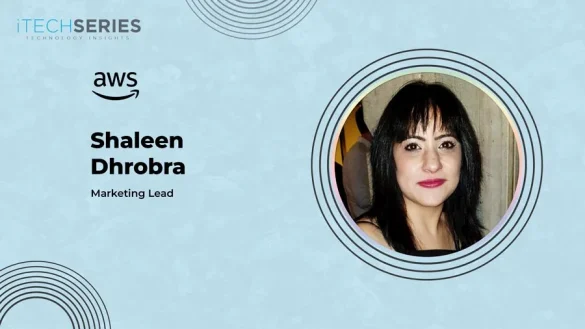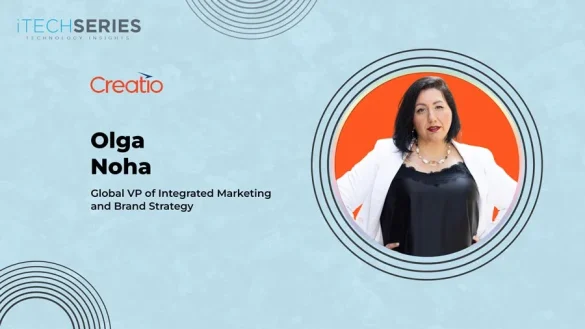Field and event marketing have always been dynamic, but the past six years have brought a rollercoaster of transformation to the industry. As someone who has spent over a decade in this space, I’ve witnessed firsthand how field marketing has evolved from pre-pandemic extravagance to post-pandemic recalibration, and now, into an era of economic uncertainty. Let’s explore these shifts and what they mean for the future of field and event marketing professionals.
The Pre-Pandemic Boom: Events Were Everything
In the years leading up to 2020, in-person events were a cornerstone of B2B marketing. Tradeshows were a signifier of industry presence – if your company wasn’t exhibiting at the biggest conferences, you weren’t seen as a key player. Companies poured massive budgets into event marketing, sometimes without a clear strategy beyond the need to “be there.”
Beyond tradeshows, there was a growing focus on hosted events, where brands could create curated experiences for their prospects and customers. The bigger and more memorable, the better. These initiatives allowed for more strategic, high-impact engagement. But, as with all industries enjoying unchecked growth, the event marketing world was operating under the assumption that things would continue as they were indefinitely. And in some cases, companies had event marketing teams simply because “everyone does”.
The Pandemic Disruption: The Rise (and Fall) of Virtual Events
Then, in early 2020, the industry came to a screeching halt due to the global pandemic. Live events disappeared overnight. “Pivot” became the industry’s favorite word, as companies scrambled to shift their strategies to virtual events.
Virtual events had their moment, and in the early days, they were incredibly successful. Attendance rates soared – after all, everyone was stuck at home with few alternatives. Marketers experimented with creative engagement tactics like wine tastings, virtual networking, and interactive Q&As. However, the cracks soon began to show.
The reality? Virtual events could never truly replicate the power of in-person experiences. Webinars already existed (and demand generation teams were already crushing them), so field marketing’s differentiation became blurry. By 2021, virtual fatigue set in, and attendance rates dropped significantly. The event industry attempted to adapt with hybrid models, offering both in-person and virtual options, but in truth, hybrid events were a logistical and financial nightmare. Running a successful hybrid event meant essentially planning two events simultaneously, with double the complexity and cost. Quite frankly, we hated them!
The Resurgence of In-Person Events
By 2022, with vaccines rolling out and restrictions lifting, the hunger for in-person interaction was undeniable – even introverts were eager to return to live events. There was a collective realization that, while virtual events had some advantages, they couldn’t replace the power of face-to-face interactions.
2023 marked the true return to form. Field and event marketing came roaring back, companies doubled down on live events, and job opportunities flourished as organizations scrambled to rebuild their event teams. But something had fundamentally changed: rather than prioritizing mass networking, companies and attendees alike were seeking deeper, more meaningful connections.
The Shift to Community and Intimate Experiences
One of the biggest trends to emerge in recent years is the rise of community marketing. Which called for smaller, more intimate events. Before 2020, success in networking was often measured by volume – how many people you met, how many business cards you collected, how many LinkedIn connections you made, etc. Post-pandemic, the focus has shifted to quality over quantity.
Rather than large, elaborate networking events, we’re seeing a surge in curated, invite-only dinners, small group discussions, and exclusive peer meetups. People are still networking, but they’re doing so in ways that feel more intentional and meaningful. We valued the art of personal conversations. As a result – social selling has evolved alongside this shift. Rather than polished corporate messaging, audiences are drawn to real, personal stories that foster genuine connections.
Of course, targeted ABM dinners aren’t new. In the past, these intimate gatherings were primarily reserved for C-suite prospects – justified by the fancy dinner and hefty price tag required to get them in the room. But post-pandemic, we’ve seen a broader shift in how attendees engage with these experiences. As we all dusted off our social skills, many realized how much they appreciated the closeness of their core communities – family, friends, and professional circles. That sentiment has echoed into the types of events people now gravitate toward. Today, it’s not just executives who appreciate intimate dinners – it’s everyone looking to build deeper, more authentic connections in an environment that feels less transactional and more personal.
The 2024 Recession: A New Challenge for Field Marketers
Just as the industry found its footing again, economic headwinds have introduced new challenges. As of 2024, many companies are feeling the squeeze of a downturn, leading to widespread layoffs – including in field and event marketing. Despite being one of the largest marketing expenses (and arguably one of the most impactful), event marketing is often one of the first areas to be cut.
This has led to an industry-wide shift where many event marketers are becoming contractors or consultants, offering their expertise on a per-project basis. While this can be a viable path, in my opinion, relying on outsourced event marketing isn’t the most cost-effective approach for companies. Having an in-house team that deeply understands the business, audience, and brand will always yield better long-term results. However, this is my personal opinion, not a fact. I’ve seen companies garner great success by bringing in contractors on a need-to-have basis, and many of my event industry peers flourish in their careers as events entrepreneurs.
What’s Next for Field Marketing?
Despite the current challenges, field and event marketing will never disappear. The industry is on a pendulum, and we will see another shift as economic conditions improve. The question for marketers is: how do you adapt?
- Align More Closely with Revenue Goals – Field marketers who can clearly tie their efforts to pipeline generation and deal acceleration will be indispensable. Now more than ever, proving ROI is critical.
- Leverage Community-Driven Marketing – The rise of community-based marketing means that field marketers need to integrate more closely with customer marketing, social media, and influencer strategies.
- Prioritize Quality Over Quantity – Instead of spreading budgets thin across too many events, companies should invest in highly curated experiences that deliver real impact in key territories that can be fully supported by sales.
- Be Ready for Change – Whether it’s adapting to economic shifts, new engagement formats, or evolving buyer behaviors, field marketers must remain agile and open to innovation.
Final Thoughts
If there’s one thing I know for sure, it’s that in-person experiences will always be invaluable. The ways we engage may change, the budgets may fluctuate, and the job market may shift – but the power of face-to-face connections in sales and marketing will never disappear. Mark my words. Field marketing isn’t going anywhere, and I, for one, am excited to see where we go next.



